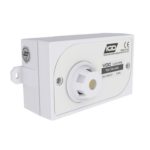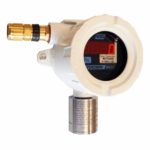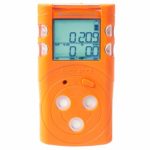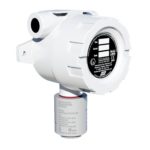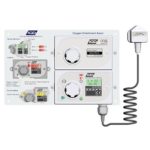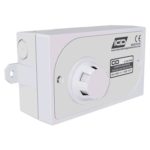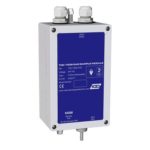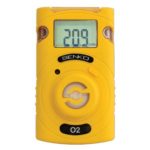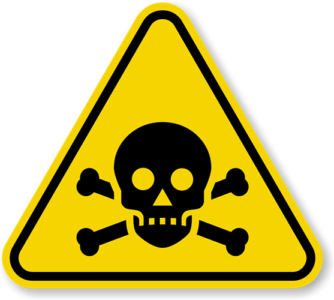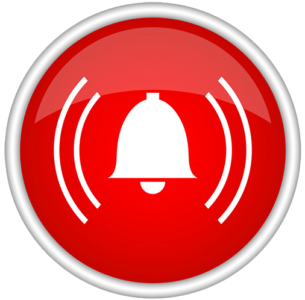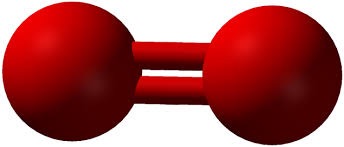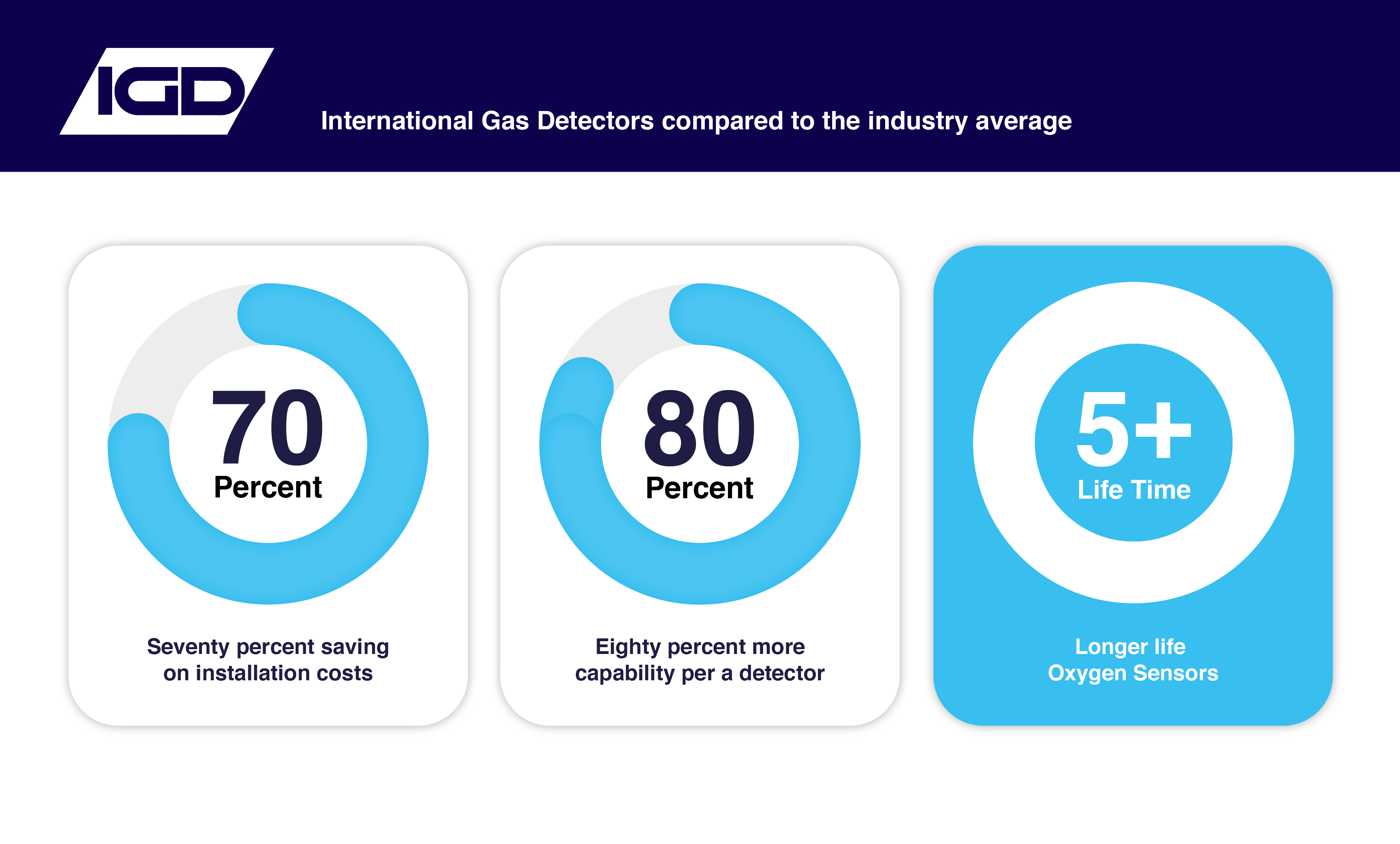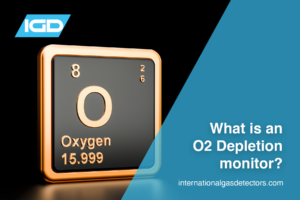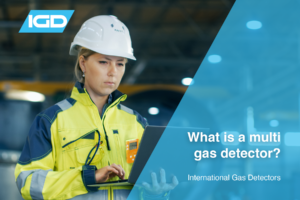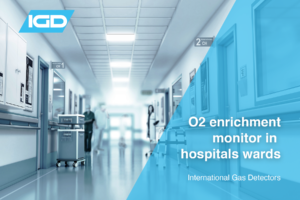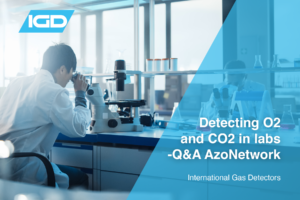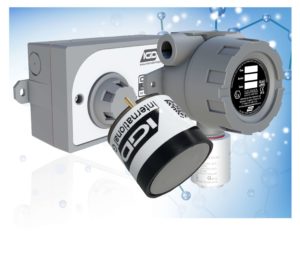Oxygen (O2) is one of the main components for air and occurs normally at 20.9% in the atmosphere at sea level. In the air it is mainly produced by algae and plants. Oxygen is essential for life, particularly human life. The measurement of O2 as a percentage can be misleading. For example there will be higher atmospheric pressure and therefore more O2 at sea level than at the top of mount Everest where the pressure is lower, however the Percentage of O2 in both cases will be the same.
Our page below discusses the hazards regarding oxygen depletion and enrichment. Further to this it will also cover our oxygen depletion monitor solutions, such as our 5 year+ long life fixed detectors. Our addressable systems utilise solid polymer technology to provide a long life time and also a reliable o2 detector.
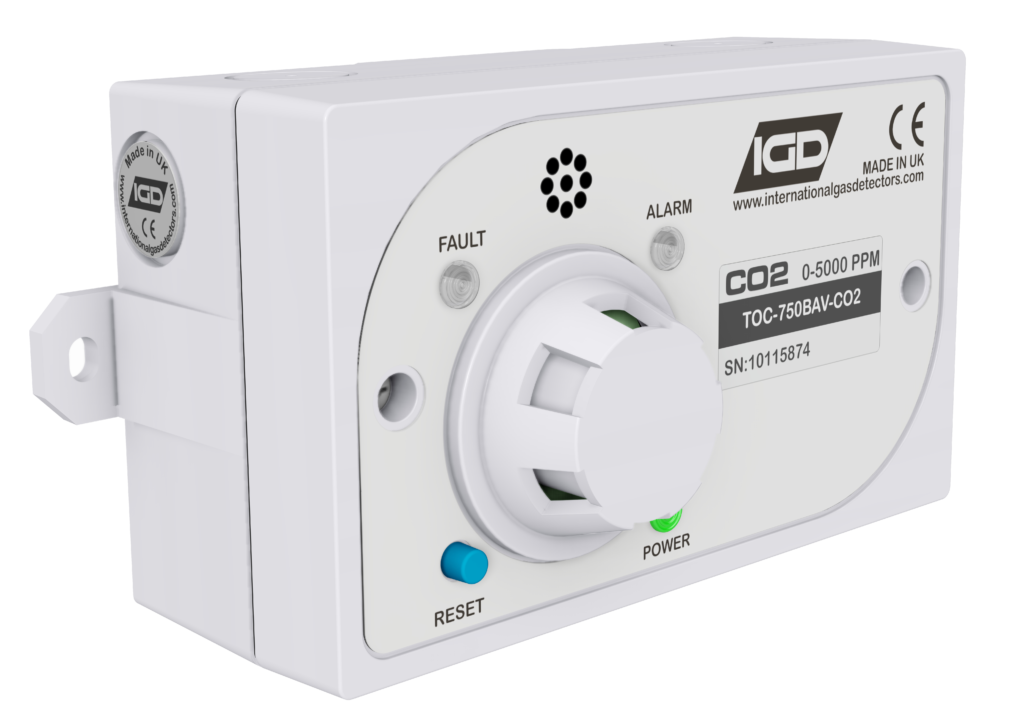
Pictured: Our 750B standalone gas detector range. Ideal for small bottle stores, medical wards, small labs and cryogenic areas.
- Want to learn more about Oxygen Depletion/Enrichment, the technologies available and want to earn CPD points? We have a free CPD approved Online Course: Toxic Gas Detection & Oxygen Depletion Basics
- Read our case study: IGD’s 5 year+ Long Life Oxygen Sensor
It will however be much easier to breathe at sea level that at high altitude on Everest. This demonstrates that our bodies don’t respond to the percentage but rather to the partial pressure present. That might sound complicated but in simple terms if there is more pressure in the air we breath then there is more Oxygen. Conversely less pressure is less Oxygen. So clinically physicians, mountaineers and divers for whom Oxygen takes on special importance talk about Oxygen partial pressure rather than its percentage.
- At sea level then the air pressure will be 1000mBar or 1 atmosphere (1ATA). It constitutes 20.9% of the air volume so Oxygen partial pressure at sea level is .209 x 1000 = 209 milli Bars
- More normally Clinicians measure pressure in millimetres of Mercury so this equates to 160mmHg
- a healthy human can tolerate Oxygen partial pressures between 90 to 338 mmHg
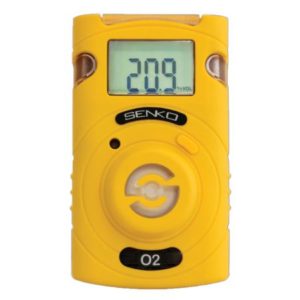
Pictured: SGT-P Portable Oxygen Gas Detector – Available Online Next Day.
O2 molecules in themselves are not a problem however as they collide in gas mixtures they produce O2 radicals. An O2 radical will quickly bind to the next nearest molecule and in doing so will change or damage the molecule. The human body is adapted to cope with this but at higher partial pressures of O2 there are so many O2 radicals produced the body can’t keep up with repairs as cells become damaged resulting in the effects of ‘Oxygen poisoning’
What to learn more about our Oxygen Enrichment monitors? Check out our article Oxygen Enrichment Monitors for Hospital Wards.
Therefore:
- If the Oxygen level or pressure is too low we asphyxiate and quickly and die. Typically at sea level 12% or lower concentration.
- If the O2 level or pressure is too high then the level of the gas radicals rapidly damage cells resulting in blindness, seizures, respiratory distress and bleeding. Typically at sea level 45% or higher concentrations. This is the reason Oxygen therapy in hospitals can be controversial and should only be short-term.
- Higher than normal levels will also greatly accelerate fires and explosions so it is normal to alarm at levels above 23% at sea level.

